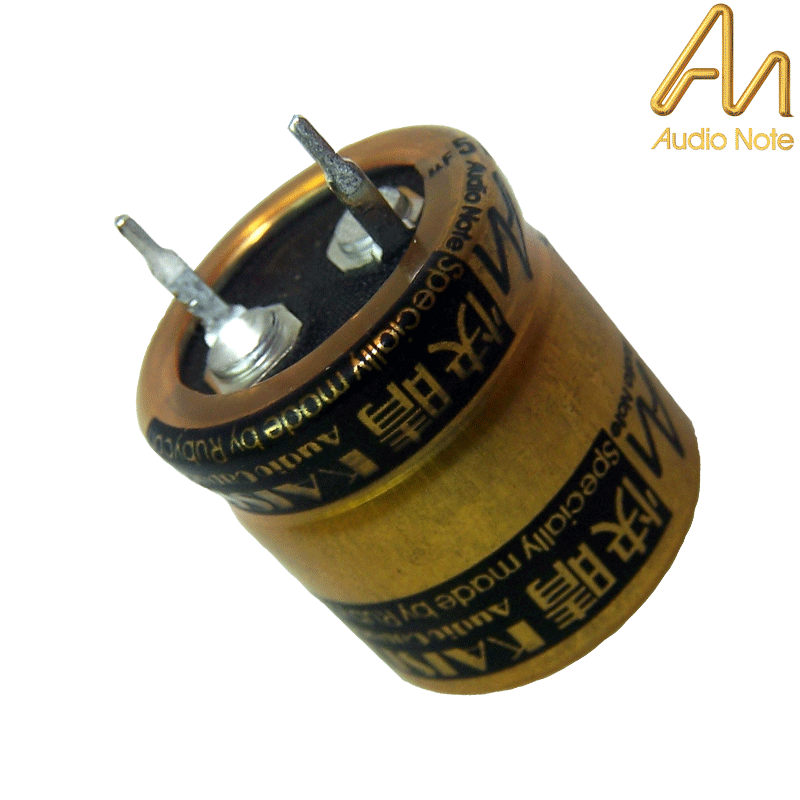
Weighing in at a respectable but manageable 27 lbs, the OTO PP integrated amplifier uses four vintage General Electric NOS 6005W power tubes in a push-pull configuration to deliver 9wpc. Are you ready to dive in and take a closer look inside these components? Let’s find out if their musical performance is more than the sum of their parts. My goal was to hear what kind of experience this turnkey “just add music” system provided. What is the rationale behind why a company would choose to manufacture its own capacitors and transformers, versus selecting from the bevy of commercially available options? Finding the answer to this multifaceted question will begin to give you an understanding of the company’s approach toward music and the gear that makes it sound real.įor this Audio Note review, I took a listen to the AN-K/LX speakers ($4,900) powered by the OTO Phono PP tube integrated amplifier ($5,000), connected with a 2.5m pair of AN-Lexus LX Bi-Wire speaker cables ($2,200). This ensures that the company is in complete control of the signal path from start to finish. Most notable is Audio Note’s healthy obsession with designing capacitors and transformers. The company’s unique and outspoken approach to all things audio has made it a household name among audiophiles and HiFi enthusiasts. Contemplating the roller coaster again on my new amps.Audio Note UK is a company that marches to the beat of its own drum. Mundorf needs to run in all their caps at the price they charge. The new owner of the amp keeps calling and texting me to tell me how much better it sounds compared to the same amp with different caps, side by side. The 50 year tech warned me to "get ready for a roller coaster ride" with those caps for at least the first 3-4 months". I swear those darn caps were still settling in after 400+ hours. It took a bit just to find the darn part numbers on the non-oil version. The designer was right, he told me over and over to "go with the non-oil Evo Supremes" in my amp. Guess which ones sounded fuller after 300+ hours of long and painful burn in. I have the Mundorf SGOs in my MHDT Orchid DAC and the Mundorf Evo Supreme Silver Gold (non-oil) caps in my former tube amp.

The designer had to beat it into my head a few times for me to believe it.

And, I was advised by a 50 year tech and a designer of my amplifier on two things. Hope that compared the bass response of these two caps? It's been too long for me to accurately comment, but I want to guess that they're more tonally similar than different (whereas V-Cap TFTFs and Mundorfs will definitely both shift the tone in different directions). I think whether the Deulunds are worth it or not (vs the Miflexs) will really depend on the depth capabilities of your system's imaging. They're also a little cleaner and more precise in terms of locating instruments in the soundstage.

Moving on to the Duelund's probably took out that extra foot, but made the sound more real/natural. Moving up to Mundorf Silver/Gold/Oils added another foot to the depth of the imaging (and also reduced the bass to a level that I couldn't accept until I added in new subwoofer amplifiers that could boost my bass a bit). I didn't know what I was missing, but in comparison, the Miflexs were almost two-dimensional. I really enjoyed the Sach's pre and was feeling content with it, but when I installed the Mundorf Supremes, all of a sudden I had another 2-3 feet of meaningful depth to the imaging. In mine, they sounded good, but removed almost all the front to back layering that my system is capable of. Hi a lot of people seem to love the Miflex's and I'm sure they are great performers in many systems. R in this case is the input impedance of the amplifier. Ideally you want the -3dB point (which is what this formula gives you) to be no more than 2Hz- allowing the preamp to then have no phase shift at 20Hz which will give you neutral bass. Its a bit inconvenient as stated, but if you replace 1,000,000 for the 1, then R will be in ohms, C will be in microfarads and F will be in Hz. There is a timing constant involved (which sounds like you might already know) the formula is F = 1/R x C x 2Pi

(This is why we have direct coupled outputs on our preamps- this problem is avoided.) The output section probably the least, but in many cases, the designer is juggling the inductance that a larger capacitor has against the capacitance- and has arrived at a value that has the best compromise between bass bandwidth and coloration. Yes, actually the original reason I started modifying the capacitors wasīecause the miflexs were right on the edge of being too small for myĪmplifier's input impedance.Be careful- just increasing capacitor values can get you into trouble.


 0 kommentar(er)
0 kommentar(er)
